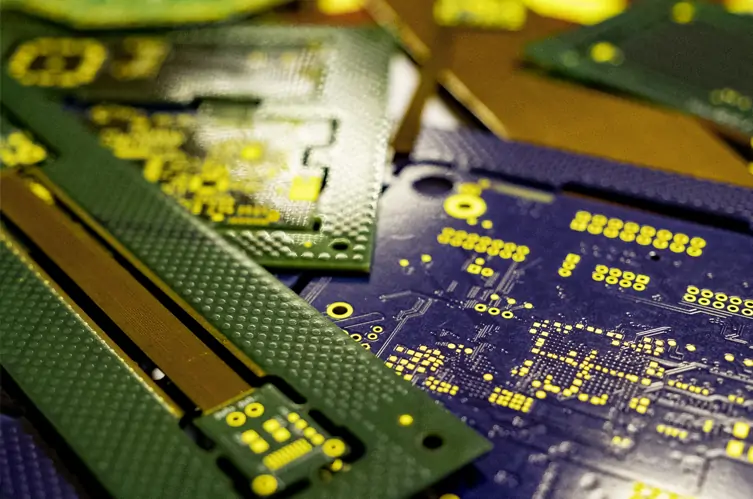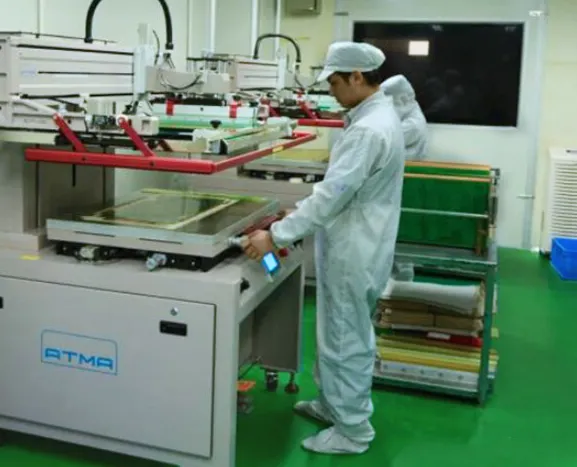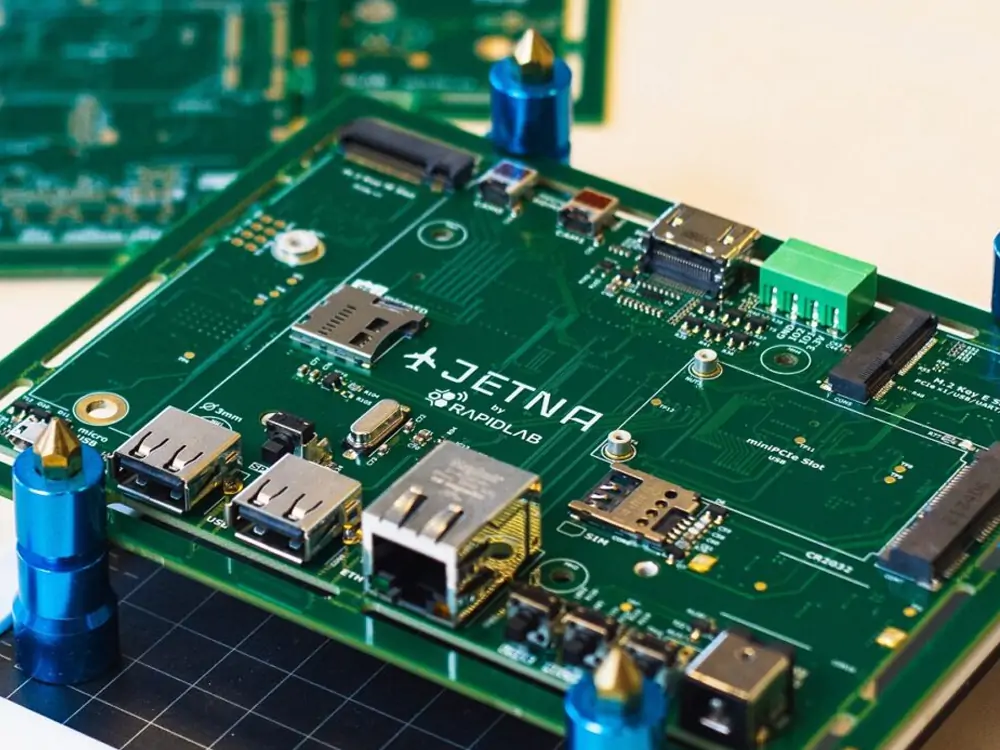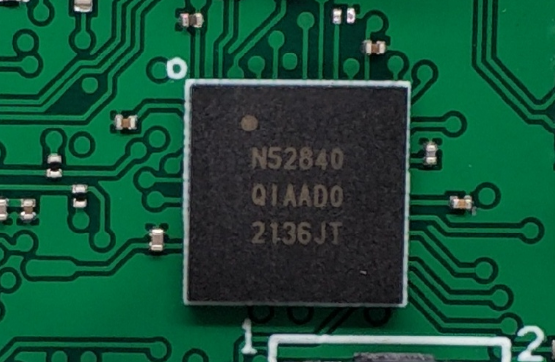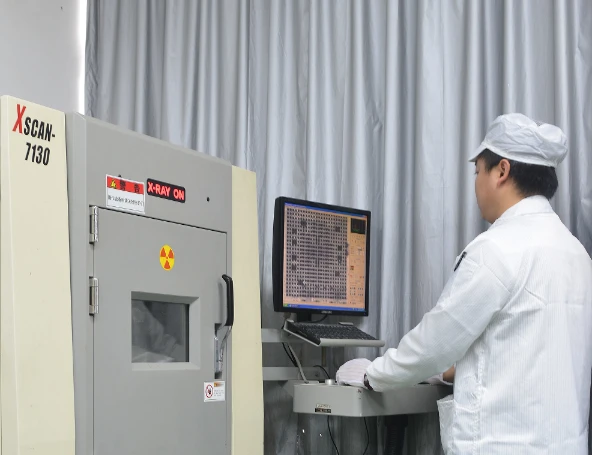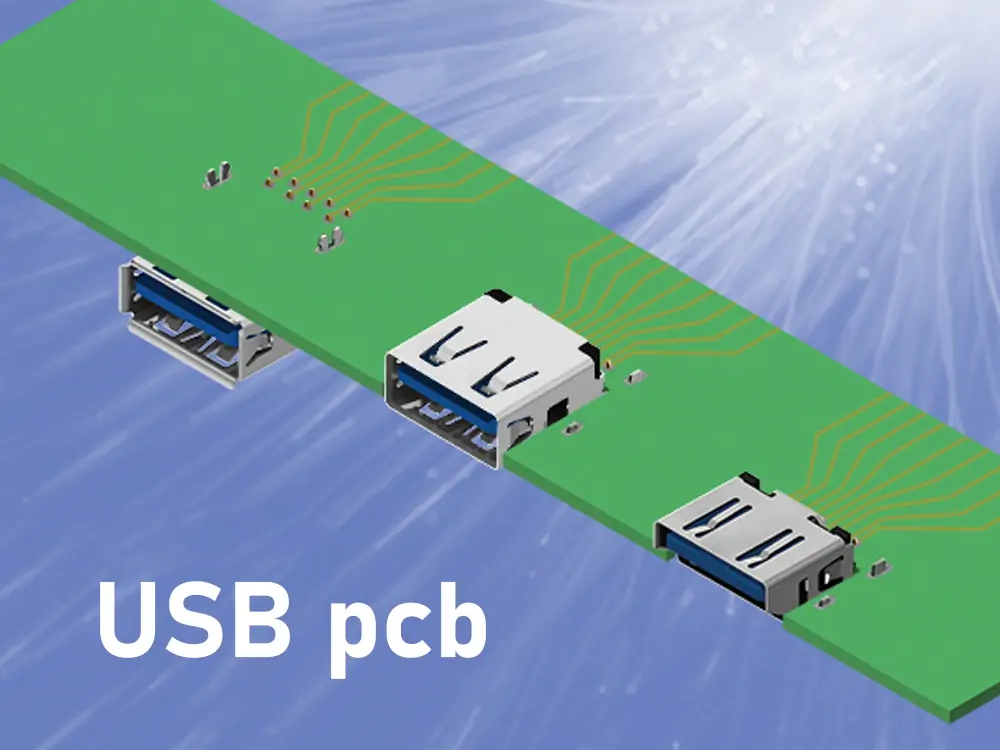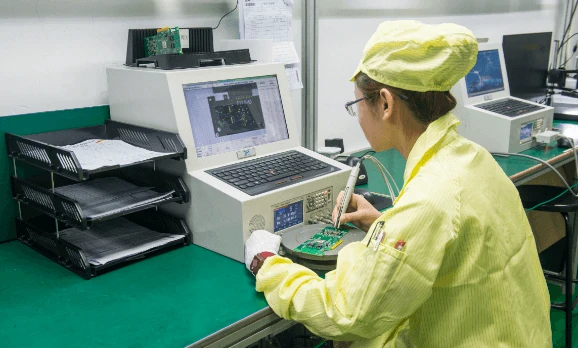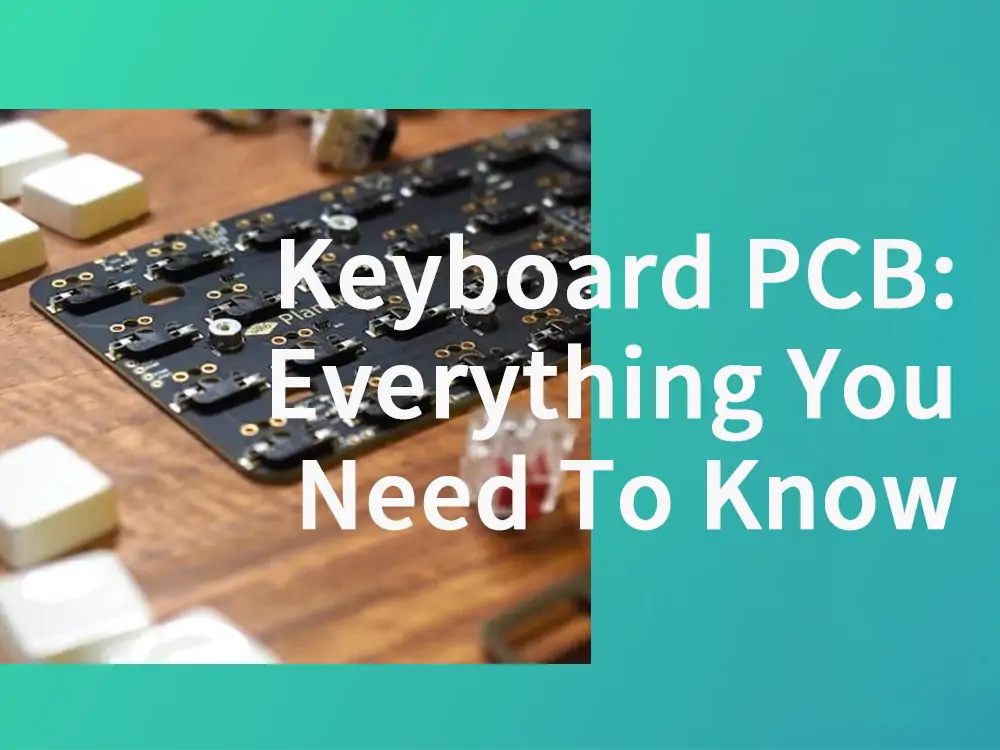PCB Prototyping is the process of making a circuit in the form of a printed circuit board. This printed circuit board makes connecting your components more secure and robust. A PCB prototype is better than a breadboard with wired components. This method is especially true when presenting your projects. You can prototype a PCB manually…
Introduction Constructing a PCB may entail many processes. You must assign person-hours to design your boards, ensure manufacturability, and check for design issues. On top of that, you also have to ensure that your PCB design house can handle all the requirements of your finalized board. Faithfully following the processes above can help you avoid…
iIf you are an engineer or a printed circuit board designer, you may be looking for an electronics manufacturer for your product. Choosing an appropriate manufacturer can make or break your entire project. Anyone experienced in the manufacturing industry knows that every electronics manufacturer has limitations and advanced capabilities. Knowing these capabilities may be your…
PCB is one of the most commonly used boards in most electronics, and IoTs used regularly. Choosing the right high-frequency PCB for your devices is imperative to ensure your device performs as expected. Hence, looking at the best high-frequency PCB manufacturers is essential when choosing the right PCB. Below we have compiled a list…
Introduction Making a PCB layout has evolved through the years. You may have heard of many popular PCB software that came out. Examples of such are Eagle, Cadence-Orcad, Cadence-Allegro, Altium, and Design Spark, to name a few. However, there is a PCB layout software that is popular among the open-source community today. If you’ve heard…
We will discusses the acceptance criteria, defect performance and reliability of BGA solder joints. In particular, a more thorough analysis is carried out on a controversial defect-void. We also propose some process improvements to improve the quality of BGA solder joints. 1. Introduction to BGA BGA is a ball grid Chen packaged device. It…
USB is one of the most common terms heard now and then in the modern world of technological innovation. It is the USB that has all our data, which charges the devices we use, and which we can carry with us anywhere we go. One of the most important things is understanding that USB…
SMT has become popular due to numerous advantages over through-hole technology (THT). SMT components are also easier to assemble. They can be placed closer together on a printable circuit board (PCB), allowing for more complex designs. But what does SMT stand for? What are its advantages? How it differs from through-hole technology? Let’s find out!…
PCBs are crucial parts of electronic devices. They have undergone significant advancements since their start in the 1940s. PCB manufacturing uses copper due to its superior electrical and thermal conductivity properties. Copper PCBs are the most common type of PCB. Depending on their applications, they come in various styles, thicknesses, and weights. This article provides…
A keyboard is an essential component of any computer setup. Understanding its technology can crucially impact your general computing experience. The heart of any keyboard is its Printed Circuit Board (PCB), which serves as the backbone of the device. This blog post will explore the world of Keyboard PCBs. It will provide you with everything…

